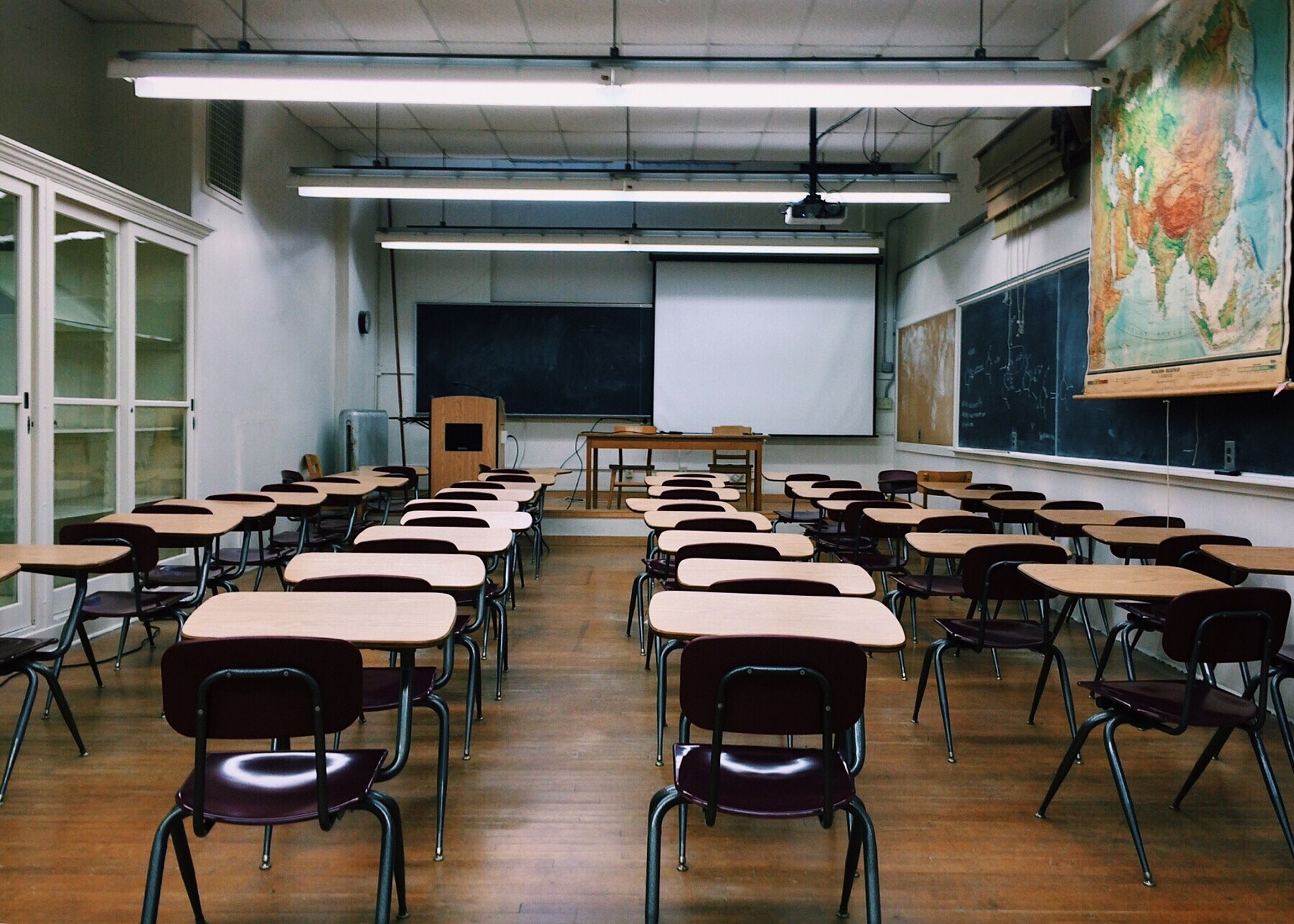According to a 2015 report from the National Center for Education Statistics, 43% of all U.S. public schools—including 63% of middle schools and 64% of high schools—employed school resource officers during the 2013-2014 school year. More than 46,000 full-time and 36,000 part-time officers were on duty during that time, and the numbers are expected to increase. High schools and middle schools have utilized school resource officers for years, and now a growing number of elementary schools are joining them.
The National Association of School Resource Officers has identified that school-based policing is the fastest growing area of law enforcement. The growth has likely stemmed from recent events, especially those involving active shooters.
However, not every school wants a cop on campus. Some feel that their presence highlights problems in the building, or gives students the wrong impression. Despite these ideas, more and more schools are researching and considering this added level of safety.
What is the Role of a School Resource Officer?
The primary purpose of a school resource officer (SRO) is to keep students and staff safe. Tim Pratt was a school resource officer for a suburban Buffalo high school for seven years. Pratt says the biggest misconception about school resource officers is that they are only there to arrest students.
“I can probably count on one hand the number of times I had to arrest a student in my years as a school resource officer,” said Pratt.
As a matter of fact, the ‘soft skills’ required of an SRO are what drew Pratt to the work:
“Kids would tell me things that they were scared to tell their families. I would work with them to figure out ways so they could. I was in their corner. My job was to help them, not judge them.”
In addition to keeping kids safe, SROs can help:
- Create awareness about drug and alcohol abuse
- Provide a listening ear for students at risk
- Coach school sports
School resource officers are called upon to be equal parts counselor, social worker, teacher, cop and friend.
The school where Pratt served was one of the first in western New York to deploy SROs. He believes that having an SRO in middle schools and high schools is a natural transition from the principles that younger students are exposed to in the DARE program.
“Being there allows us to continue the DARE conversations we started with them back in 4th and 5th grade,” he said.
He also notes that having the support of school administrators is important for SROs. Thanks to a supportive staff, Pratt was able to be a constant, stabilizing presence for the students—hanging out in places where teachers didn’t. As a result, he was privy to information about potential criminal activity:
“Kids have no filter in the gym or the cafeteria. That’s where I would talk to them. Most kids don’t want drugs or criminal activity in their schools. They wanted to tell me things so I could help.”
Improving Relations between Police and the Community
Like many law enforcement officers today, SROs are being asked to help improve community relations between citizens and police. Many schools feel that the presence of SROs could have positive effects on students that will help them throughout their lives. Being able to have open dialogue with a police officer without judgement can help develop trust. This trust in turn can help students make better choices about interacting with law enforcement in their adults lives.
Whether meant for the sole purpose of protecting students or to help bridge the gap between the school and the community, the presence of SROs is likely to continue to be a hot topic.
Next Steps:
- Schedule a free bulletproof glass project design spec review
- Visit our blog for the latest industry news
- Follow us on Twitter, Facebook or LinkedIn

